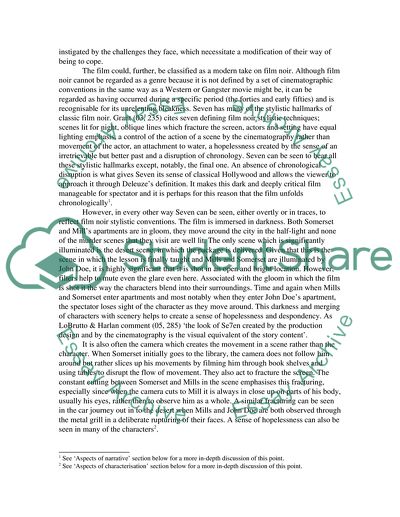Cite this document
(“David Fincher's Seven Film Analysis Essay Example | Topics and Well Written Essays - 3000 words”, n.d.)
David Fincher's Seven Film Analysis Essay Example | Topics and Well Written Essays - 3000 words. Retrieved from https://studentshare.org/visual-arts-film-studies/1720602-film-analysis
David Fincher's Seven Film Analysis Essay Example | Topics and Well Written Essays - 3000 words. Retrieved from https://studentshare.org/visual-arts-film-studies/1720602-film-analysis
(David Fincher'S Seven Film Analysis Essay Example | Topics and Well Written Essays - 3000 Words)
David Fincher'S Seven Film Analysis Essay Example | Topics and Well Written Essays - 3000 Words. https://studentshare.org/visual-arts-film-studies/1720602-film-analysis.
David Fincher'S Seven Film Analysis Essay Example | Topics and Well Written Essays - 3000 Words. https://studentshare.org/visual-arts-film-studies/1720602-film-analysis.
“David Fincher'S Seven Film Analysis Essay Example | Topics and Well Written Essays - 3000 Words”, n.d. https://studentshare.org/visual-arts-film-studies/1720602-film-analysis.


